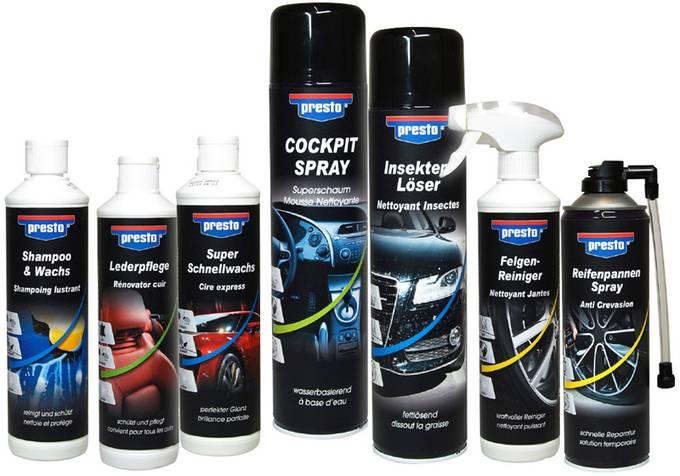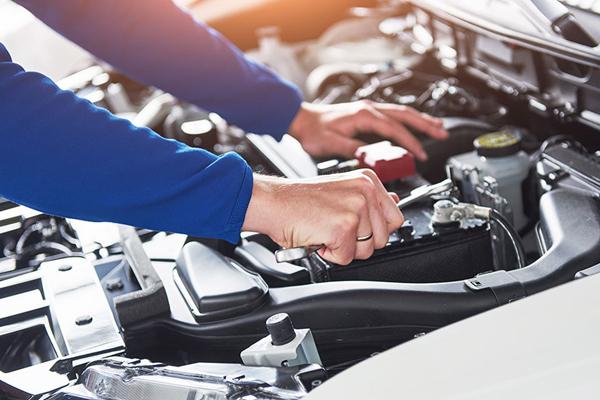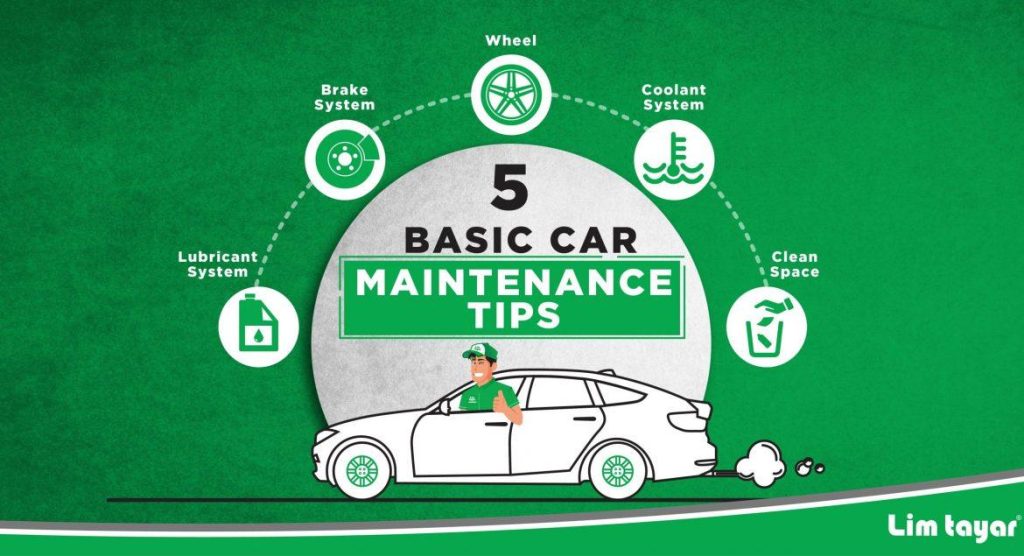In today’s fast-paced world, a reliable vehicle is more than just a mode of transportation; it is an integral part of our daily lives. As the costs associated with car ownership continue to rise, extending the lifespan of your vehicle has become a priority for many drivers. Proper maintenance not only ensures safety and performance on the road, but it also helps to preserve the value of your investment. In this article, we explore essential car care tips that can significantly enhance your vehicle’s durability and efficiency. From routine inspections to simple upkeep practices, these expert recommendations are designed to help motorists navigate the complexities of automotive maintenance, ultimately leading to a smoother and more economical driving experience. Whether you’re a seasoned driver or a new car owner, understanding and implementing these strategies can keep your vehicle running optimally for years to come.
Table of Contents
- Regular Maintenance Routines for Optimal Performance
- Understanding the Importance of Fluid Checks and Changes
- Tire Care Practices to Enhance Safety and Longevity
- Protective Measures Against Environmental Damage
- Concluding Remarks
Regular Maintenance Routines for Optimal Performance
Maintaining your vehicle’s performance goes beyond the occasional oil change or tire rotation. Developing a structured maintenance routine is vital for enhancing efficiency and longevity. A comprehensive inspection should include checking fluid levels, brakes, and all essential systems regularly. Make sure to adhere to your manufacturer’s guidelines, as they provide specific recommendations for various components of your vehicle. Consistent attention to these aspects can significantly prevent larger, costlier problems down the road.
Consider implementing the following practices into your car maintenance routine:
- Routine Oil Changes: Change oil every 3,000 to 5,000 miles to ensure engine health.
- Tire Maintenance: Regularly check the pressure and rotate tires every 5,000 to 7,500 miles for even wear.
- Brake Inspections: Monitor brake pads and rotors every 20,000 miles to avoid safety risks.
- Fluid Levels Check: Inspect and refill fluids (coolant, transmission, brake) at least monthly.
- Battery Care: Test battery health annually and clean terminals to avert electrical issues.
Creating a visual representation of your maintenance routine can be highly beneficial. The following table outlines key services and their recommended intervals:
| Service | Frequency |
|---|---|
| Oil Change | 3,000 – 5,000 miles |
| Tire Rotation | 5,000 – 7,500 miles |
| Brake Inspection | Every 20,000 miles |
| Fluid Replacement | As needed (monthly check) |
| Battery Assessment | Annually |

Understanding the Importance of Fluid Checks and Changes
Maintaining optimal fluid levels in your vehicle is paramount for its overall performance and longevity. Regular checks and changes of essential fluids such as engine oil, coolant, transmission fluid, brake fluid, and power steering fluid can prevent a myriad of mechanical issues. Over time, fluids can degrade or become contaminated, which can lead to overheating, increased friction, and eventual component failure. To ensure your car operates efficiently, consider the following key actions:
- Regular Inspections: Check fluid levels monthly and look for any leaks under the vehicle.
- Adhere to Service Intervals: Follow manufacturer recommendations for fluid changes based on mileage.
- Use Quality Fluids: Opt for OEM or high-quality aftermarket fluids that meet or exceed specifications.
To facilitate your understanding of when to change each fluid, here’s a simple guide:
| Fluid Type | Change Interval | Signs of Issues |
|---|---|---|
| Engine Oil | Every 3,000 – 7,500 miles | Dark color, gritty texture |
| Coolant | Every 30,000 miles | Rusty appearance, low level |
| Transmission Fluid | Every 30,000 – 60,000 miles | Burning smell, rough shifting |
| Brake Fluid | Every 2 years | Discoloration, low level |
| Power Steering Fluid | Every 50,000 miles | Whining noise, difficulty steering |
Tire Care Practices to Enhance Safety and Longevity
Maintaining your tires plays a crucial role in ensuring both safety on the road and the longevity of your vehicle. Regularly checking your tire pressure can not only improve fuel efficiency but also enhance traction and handling. A few best practices to adopt include:
- Inspect Tread Depth: Use the penny test to check if your tires have adequate tread. Insert a penny into the grooves; if you can see the whole coin, it’s time for new tires.
- Rotate Tires: To promote even wear, rotate your tires every 5,000 to 7,500 miles.
- Alignment and Balancing: Ensure your tires are properly aligned and balanced, which can prevent uneven wear and maintain excellent driving performance.
Additionally, consider seasonal changes and how they affect your tires. Winter tires can provide better traction during cold months, while maintaining proper inflation is vital in summer heat. Key tips to remember include:
| Season | Tire Type | Main Focus |
|---|---|---|
| Winter | Winter Tires | Maximize traction on ice and snow |
| Summer | All-Season Tires | Maintain proper inflation to avoid blowouts |
| Rainy Season | Tread-Worn Tires | Check for sufficient tread to prevent hydroplaning |
Protective Measures Against Environmental Damage
To shield your vehicle from the damaging effects of environmental factors, it’s crucial to adopt preventive measures tailored to various elements like UV rays, salt, and acid rain. Regular washing is essential; it not only keeps your car looking new but also removes contaminants that can lead to corrosion. Implement a routine of washing your car every two weeks, especially during winter months when road salt can accumulate. In addition to washing, consider investing in a high-quality wax or sealant that provides a protective barrier against UV rays and pollutants. This not only enhances the shine of your car but also adds a layer of defense against scratches and fading.
Interior protection is equally important when it comes to maintaining your vehicle’s lifespan. Use sunshades when parking to reduce heat buildup and protect upholstery from fading. Regularly applying protective sprays on vinyl and leather surfaces helps maintain their integrity against cracking and drying. Furthermore, avoid parking under trees or in areas where bird droppings and sap can damage your car’s finish. Here’s a quick reference table to summarize key protective strategies:
| Action | Frequency | Benefit |
|---|---|---|
| Regular Washing | Every 2 weeks | Removes contaminants, prevents corrosion |
| Apply Wax/Sealant | Every 3-6 months | Protects against UV rays, enhances shine |
| Use Sunshades | Each parking opportunity | Reduces heat, protects upholstery |
| Apply Protective Sprays | Every 3 months | Maintains leather/vinyl integrity |
Concluding Remarks
maintaining your vehicle with regular care and attention is crucial for extending its lifespan and ensuring optimal performance. By adhering to essential car care tips—including routine inspections, timely fluid changes, and proper tire maintenance—car owners can not only enhance safety but also save on costly repairs in the long run. As the automotive landscape continues to evolve, staying informed about the best practices for vehicle maintenance will empower drivers to make informed decisions that benefit both their safety and their investment. Remember, a well-maintained vehicle is not just a mode of transportation; it is a reliable partner on the road, providing peace of mind for every journey.



